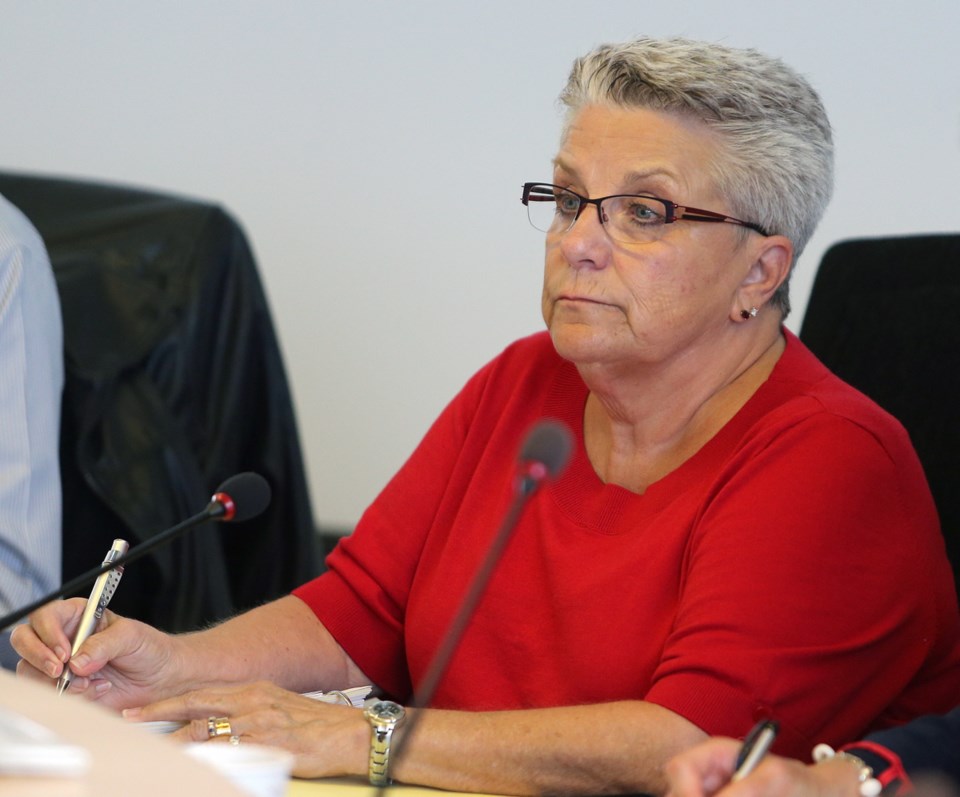Capital Regional District staff are painting a grim picture of potential additional costs for local taxpayers as politicians grapple with how to kickstart the region’s stalled sewage-treatment program.
“It’s frightening,” Langford Coun. Denise Blackwell said of the costs.
Finding a new site for a central sewage treatment plant to replace Esquimalt’s McLoughlin Point could add $60 million to $100 million to the project’s $783-million price tag, CRD staff say in a report.
Under existing funding arrangements, the CRD has to have secondary treatment in place by 2018.
A CRD staff report notes that if the region has to find and get approval for a new site, because Esquimalt is blocking use of McLoughlin Point, the estimated completion year is 2020.
B.C. Environment Minister Mary Polak has said ongoing delays will place $501 million in funding for the project at risk.
With the senior government grants in place, local residents were looking at paying an average of between $232 to almost $400 a year for sewage treatment, depending on which municipality they live in. If the grants are lost, those figures will more than double, CRD staff say.
Oak Bay Mayor Nils Jensen said the estimates of increased costs are conservative.
While many opponents to the CRD’s Seaterra sewage plan argue that a cheaper option would be for the region to build several smaller plants instead a central one, staff say this model would be much more expensive.
Building six plants could cost $1.54 billion, says a report going to CRD directors Wednesday. A 12-plant system could have a capital cost of $1.85 billion.
If a household was expected to pay $200 per year under the proposed Seaterra program, it would have to pay $440 annually if the provincial and federal funding was lost and $802 or $950 per year if one of the two multi-plant systems is implemented, the report says.
A householder who was looking at paying $400 a year with government funding in place would have to pay $880 if the grants are lost, $1,690 for a six-plant option and $1,900 a year for a 12-plant option, it says.
Esquimalt Mayor Barb Desjardins calls the numbers “fear mongering” and out of date.
She said she doesn’t believe the government grants are at risk.
Jensen said local taxpayers couldn’t afford the higher costs. He said Esquimalt was offered a “lucrative” amenity package to locate the plant at McLoughlin, and the region should do everything it can to push ahead with its original plan.
“They [Esquimalt taxpayers] have been sold a bill of goods that makes them believe that they can do sewage treatment for very little. … The studies that have been done by the CRD and the numbers that have been put forward are the only real numbers that exist,” Jensen said.



